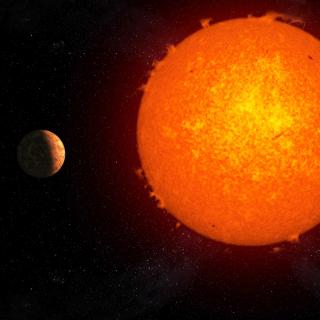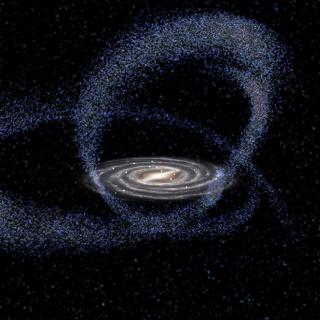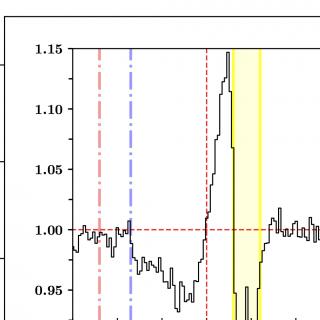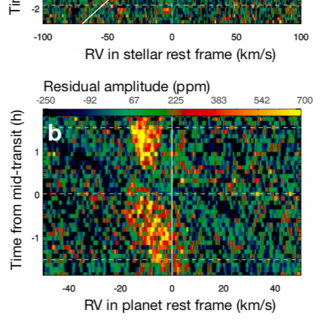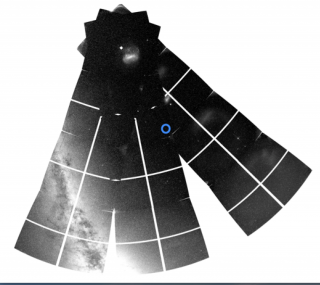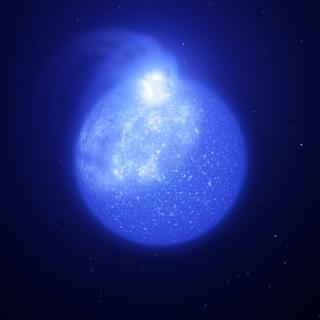
An international team of astronomers, in which the researcher from the Instituto de Astrofísica de Canarias and the Universidad de La Laguna David Jones participates, has discovered giant spots on the surface of extremely hot stars hidden in stellar clusters. Not only are these stars plagued by magnetic spots, some also experience superflare events, explosions of energy several million times more energetic than similar eruptions on the Sun. The findings, published in Nature Astronomy, help astronomers better understand these puzzling stars and open doors to resolving other elusive mysteries
Advertised on
